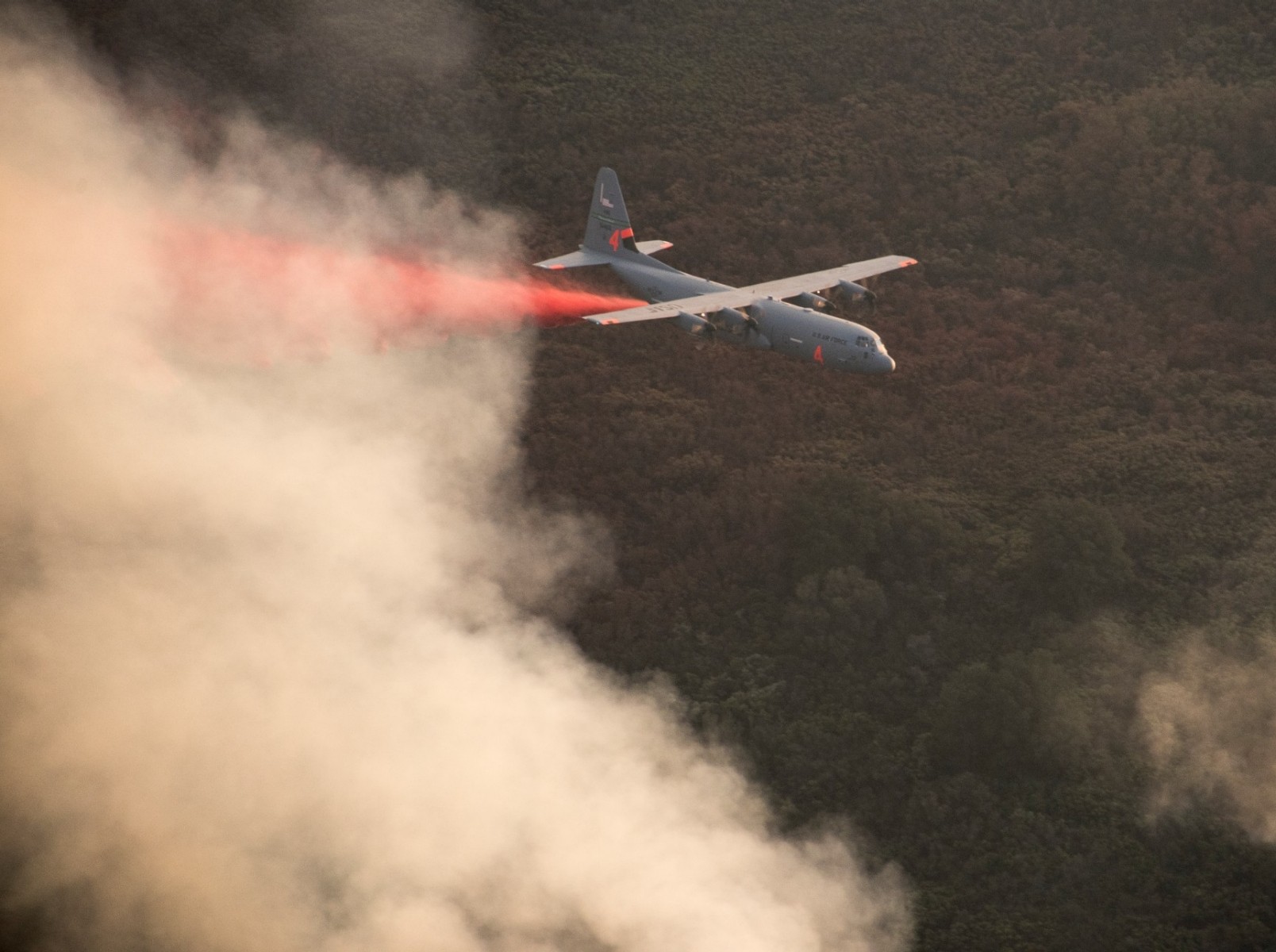El clima y la geografía dan forma a dónde y cómo ocurren los conflictos. Como parte de un esfuerzo por caracterizar el futuro de la guerra en 2030, el informe que sigue, evalúa las implicaciones de seis tendencias climáticas y geográficas clave:
- El aumento constante de las temperaturas globales.
- La apertura del Ártico
- El aumento del nivel del mar.
- Los eventos meteorológicos más frecuentes y más extremos.
- El aumento de la escasez de agua.
- El desarrollo de mega ciudades.
Cada tendencia se analiza para saber cómo es probable que afecten a la seguridad en áreas específicas. También se consideran las implicancias para la Fuerza Aérea de los Estados Unidos. Es poco probable que estas tendencias solas conduzcan al colapso del Estado o a conflictos interestatales, pero son multiplicadores de amenazas y puede que alimenten la inestabilidad en todo el mundo.
Climate and geography shape where and why conflicts occur. As part of an effort to characterize the future of warfare in 2030, this report assesses the implications of six key climate and geographical trends: the steady rise of global temperatures, the opening of the Arctic, sea level rise, more-frequent and more-extreme weather events, growing water scarcity, and the development of megacities. The ramifications of each trend are analyzed for how they are likely to affect security in specific areas. Implications for the U.S. Air Force are also considered. While these trends on their own are unlikely to lead to state collapse or interstate conflict, they are nonetheless threat multipliers and are likely to exacerbate existing problems and fuel instability around the world. This suggests that the U.S. military, including the Air Force, will have to deal with continued demand for counterterrorism and stability operations and with increased demand for humanitarian assistance and disaster relief missions in the years to come. These trends could also shape where and how the Air Force trains and operates as bases are affected by extreme temperatures and flooding from sea level rise.
Key Findings
Global average surface temperature has been rising steadily
- Extreme heat could make some regions unlivable and potentially displace populations, leading to migration, increased conflict, and heightened risk of infectious disease outbreak.
- Increased heat could affect service members’ health and training; it also could hinder the use of aircraft in certain regions.
Arctic ice melt will expand maritime access and will increase economic activity as previously unreachable natural resources become extractable
- Russian and Chinese presence in the Arctic will increase, which will require monitoring. The Air Force could face increased calls to intercept military units approaching U.S. interests and the Alaskan coast.
- Arctic coastal erosion also could threaten U.S. military infrastructure.
Rising seas and the increase in frequency and strength of storm surges threaten low-elevation coastal zones
- Sea level rise will likely contribute to instability and migration, which will affect U.S. national security interests.
- Sea level rise could damage Air Force infrastructure and impede the ability to conduct operations.
Extreme weather events can cause migration, disease, and instability
- Increasingly severe tropical storms and floods are likely to generate internal displacement and migration and to jeopardize coastal infrastructure and maritime straits.
- Military units located in disaster areas or tasked with responding to such events will face greater demands.
Water-related conflict has been on the rise and is likely to continue increasing
- Compounding stress of water shortages could inflame already explosive situations in the Middle East.
- Water insecurity could prompt more U.S. military interventions, both humanitarian and otherwise. Bases in regions with water scarcity would have to cope with this limitation.
Megacities have grown in number, size, and importance, and these dense urban environments complicate military missions for advanced militaries
- Megacities are expected to increase in size and number. Experts fear that some megacities could turn chaotic and be ruled by gangs and warlords.
- The growth of megacities suggests that the U.S. military will be fighting in dense urban areas, which could greatly decrease operational advantages earned from air superiority.
Recommendations
- Cooperate with other areas of the U.S. government to develop climate data and analysis for Air Force needs.
- Create the Air Force equivalent of the U.S. Navy’s Task Force Climate Change.
- Assess current Air Force infrastructure and plan for future climate risks.
- Develop Air Force–specific strategies and capabilities to operate in the Arctic.
- Incorporate risks associated with a changing climate and the proliferation of megacities into planning.
- Augment capabilities to operate in megacities.
Fuente: https://www.rand.org


